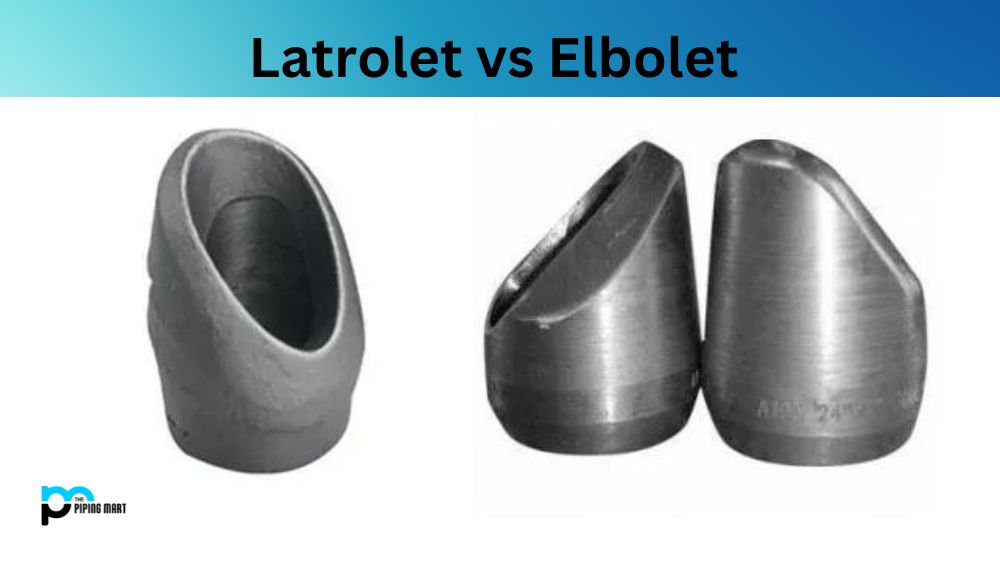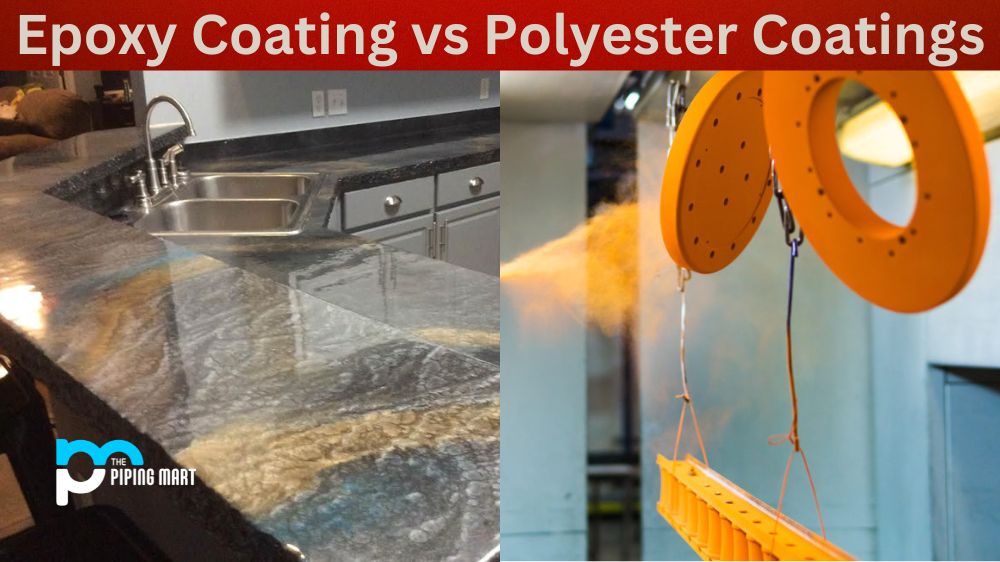Piping systems are essential in various industries, including chemical, oil and gas, and food processing. These systems require specialized fittings that fit precisely to prevent leaks and maintain the pipeline’s integrity. Two common fittings used in the industry are Latrolet and Elbolet. If you wonder what sets them apart, this post will explain the difference between the two designs: installation, material, and application fittings.
What is Latrolet?
Latrolet is a fitting product used in piping systems for connecting pipes of different sizes. It has a female thread formed on one end, while the other end is a plain pipe with slots cut into it. The threads allow for easy connections, while the slots ensure leak-proof joints, making it ideal for plumbing and irrigation systems. Longer platelets may feature built-in supports along their length, which provides additional stability to large pipe sections in industrial applications. The design of platelets ensures that even heavy loads do not affect the seal they create between connected pipes, making them highly reliable and durable components. Latrolet fittings are usually made of galvanized iron, stainless steel or copper, depending on their application purpose and come in standard sizes from 1/8″ to 8″. They offer maximum strength and support to horizontal and vertical movement without creating any pressure loss due to the expansion or contraction of joints or tubes within the system.
What is Elbolet?
Elbolet is a type of pipe fitting used for connecting two pipes, valves or other components. It is commonly used in the industrial and commercial industries to join tube fittings and similar components that require a high degree of strength when it comes to leaking fluids or gas. The bolt typically consists of an engraved body with a female portion at one end, allowing the connection to be inserted into another device, such as the male side of a flange. The advantage of this type of fitting is that it can be easily replaced with varying sizes quickly without having to shut down operations or experience delays in production lines due to maintenance work on existing connections. Additionally, pellets are corrosion-resistant, economical solutions for joining multiple sections together and will maintain stability under pressure even when dealing with extreme temperatures.
Difference Between Latrolet and Elbolet
Design:
Regarding design, both Latrolet and Elbolet are engineered to minimize pressure drops and maximize flow. A latrolet is a lateral outlet with a flat base brazed to a straight pipe or the end of a fitting designed for branch connections in a horizontal pipeline. On the other hand, Elbolet has a bent connection to attach to the pipe curving downward, providing better flow characteristics. The two fittings are designed to offer alternative solutions to meet different piping needs.
Material:
Another significant difference between the two fittings is their material of manufacture. Latrolet is made of different materials such as carbon steel, alloy steel, and stainless steel to match the pipeline’s metallurgy. Elbolet, on the other hand, is only made from forged carbon steel materials. Material selection for both fittings depends on the environment in which they are installed and the fluids being conveyed through the pipeline.
Installation:
Latrolet and Elbolet are installed differently. Latrolet requires an intersection of the fitting and the pipe to create a branch connection, while Elbolet requires a sharp curve in the pipe. Both fittings require specialized welding techniques to join them to the pipeline. Manufacturers recommend following the installation procedures, which vary between manufacturer and pipe material.
Applications:
Latrolet and Elbolet are also used in different applications. Latrolet is commonly used in low-pressure applications, such as fire protection systems or water pipelines, while Elbolet is ideal for medium to high-pressure applications, including chemical, oil, and gas transfers. Manufacturers recommend consulting with the piping system designer or the supplier for the best-fit solution.
Conclusion:
In conclusion, Latrolet and Elbolet serve different purposes in various piping systems. They have distinct designs, different materials of manufacture, and unique applications. Careful consideration of the piping system requirements will determine the fitting best suited for the specific application. When selecting between Latrolet and Elbolet, the design, material, installation, and application aspects should be thoroughly evaluated to ensure high-quality, reliable, and efficient piping system performance.

Pipingmart is a B2B portal that specializes in metal, industrial and piping items. Additionally, we share the latest information and information about materials, products and various types of grades to assist businesses that are involved in this business.




